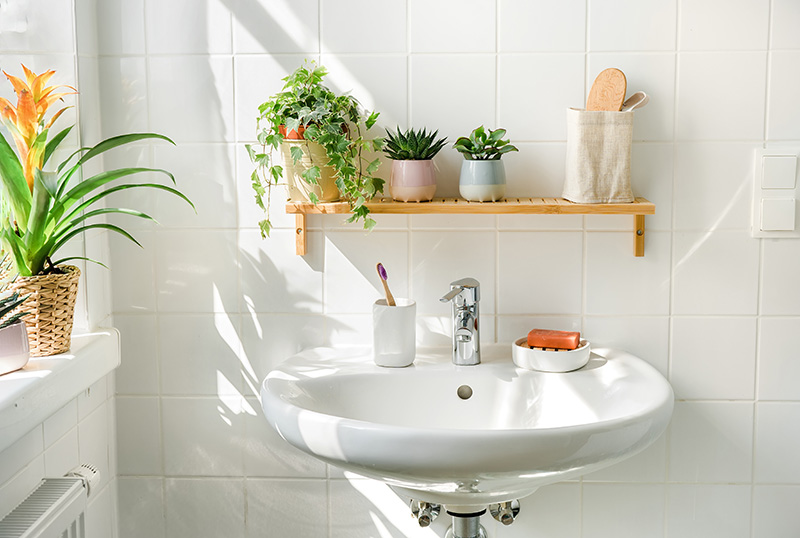
Green bathroom renovation is becoming an increasingly popular trend among homeowners who want to create an environmentally-friendly and sustainable living space. Not only does a green bathroom renovation reduce your carbon footprint, but it can also help you save money on energy and water bills.
One of the simplest and most effective ways to make your bathroom more sustainable is by installing low-flow fixtures. Low-flow toilets, showerheads, and faucets are designed to use less water than traditional fixtures. This not only reduces the amount of water you use, but it also helps you save money on your water bills.
Low-flow toilets use approximately 1.6 gallons of water per flush, compared to traditional toilets which use around 3.5 gallons. Similarly, low-flow showerheads use 2.5 gallons of water per minute, compared to the standard flow rate of 5 gallons per minute. Installing low-flow fixtures is a simple and cost-effective way to reduce your water consumption and make your bathroom more sustainable.
When it comes to renovating your bathroom, the materials you choose can have a big impact on the sustainability of your space. Consider using environmentally-friendly materials, such as bamboo flooring, recycled glass tiles, and low-VOC paints, to create a greener bathroom.
Bamboo is a fast-growing and renewable resource that is durable and beautiful. Bamboo flooring is an excellent alternative to traditional hardwood flooring and it’s a great choice for a bathroom renovation project.
Recycled glass tiles are made from post-consumer recycled glass and are available in a variety of colors and styles. They’re a beautiful and sustainable option for your bathroom renovation.
Low-VOC (volatile organic compounds) paints are a great choice for your bathroom renovation, as they emit fewer harmful chemicals into the air. VOCs are chemicals that are released into the air as paint dries and they can cause headaches, dizziness, and other health problems. Low-VOC paints are a safe and sustainable option for your bathroom renovation.
Energy-Efficient Lighting Energy-efficient lighting is another important component of a green bathroom renovation. Energy-efficient light bulbs use less energy and last longer than traditional incandescent bulbs. Consider using LED or CFL (compact fluorescent) light bulbs in your bathroom, as they are the most energy-efficient options.
You can also incorporate natural light into your bathroom renovation to reduce your dependence on artificial lighting. Consider installing a skylight or a window to allow natural light to enter the room. This not only reduces your energy consumption but it also creates a brighter and more inviting space.
Additionally, you can consider installing dimmer switches and motion sensors, which can help you control the lighting in your bathroom and reduce energy consumption. For example, motion sensors can turn lights on and off automatically when you enter or leave the room, and dimmer switches can be used to adjust the brightness of the lights to suit your needs.
A green bathroom renovation is a great way to create a sustainable and environmentally-friendly living space. Incorporating low-flow fixtures, environmentally-friendly materials, and energy-efficient lighting into your bathroom renovation project is an easy and effective way to reduce your carbon footprint and make your home more sustainable. By taking these steps, you can create a greener bathroom that is both beautiful and functional and that provides a comfortable and healthy living environment for you and your family.